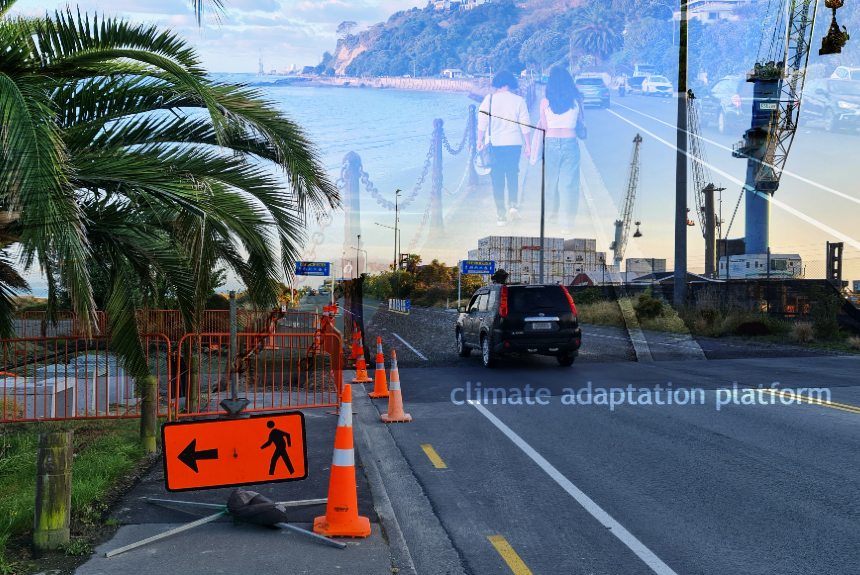
Vast infrastructure systems underpin all modern economies. Transport (roads, bridges, railways, airports), electricity grips and networks, water supply and wastewater treatment plants and sewer lines, and telecommunication, are the primary examples of infrastructure.
Disruptions in infrastructure services in the event of blackouts, road closures, and taps that fail to produce water make us realize the importance of these assets in our day-to-day living.
Hence, we should manage infrastructure in the best possible way to ensure that they are resilient or can withstand extreme events, continue to provide service, and are affordable to users.
Eric Too and Linday Tay’s paper, “Infrastructure Asset Management (IAM): Evolution and Evaluation,” explains infrastructure asset management.
“Infrastructure asset management (IAM) has emerged as a discipline to provide a more systematic approach to managing infrastructure assets. The benefits of an improved asset management process envisaged by the Institute of Public Works Engineering Australasia (IPWEA) are enhanced customer satisfaction, governance and accountability, risk management, financial efficiency, and sustainability.”
According to the authors, IAM as a discipline is relatively new. The term “asset management” was first adopted in 1980 during the privatization of water utilities in Great Britain. The term was first used in Australia in 1993 when the Australian Accounting Standard Board issued the Australian Accounting Standard 27 – AAS27 requiring government agencies to capitalize and depreciate assets rather than expense them against earnings.
Too and Tay mentioned more in their study:
- Although a new discipline, IAM is evolving and attracting the attention of many agencies that own infrastructure.
- Because infrastructure embodies significant investment in terms of money and time, governments and organizations would want to get the greatest value by extending the life of their assets.
- However, many infrastructures are now nearing their end of life, especially those that were built around the mid-1900s, and prolonging their usability will focus on maintenance, rehabilitation, and replacement.
Climate Adaptation and Infrastructure Asset Management.
Today, the threat of climate change and extreme events on infrastructure has led the IAM discipline to adopt climate change adaptation approaches and strategies on infrastructure, specifically on making infrastructure assets more resilient to extreme events.
IPWEA is the principal organization for infrastructure asset managers and professionals across Australia and New Zealand. They also provide internationally and nationally recognized education, training and advocacy for those involved in delivering public works and engineering services, including infrastructure asset management.
One of its course offerings, the Introduction to Climate Adaptation in Asset Management, introduces vital considerations for asset management in adapting to climate change.
It explains how Asset Management can be a vehicle for implementing climate adaptation strategies, helping us prioritize investment, improve community resilience, improve resilience planning, and contribute holistically to national hazard risk management.
In the 27th April IPWEA NZ Newsletter edition, Murray Pugh, Chief Executive at IPWEA New Zealand, writes:
“A colleague recently shared the following reflection with me – which had me thinking about the impact that public asset and infrastructure management can have on our day to day lives, and on our planet. I am sharing this with you too as an opportunity for contemplation….”
“I was watching a video today, “We WILL fix climate change.” It’s about climate change: that things are bad but could be worse. There’s still reason to act/hope/think. If you skip ahead to about 10:10 there’s a line that really hit home for me:
“… all of these processes are great, but not nearly fast enough. We are still doing way too little and technology will not magically solve everything. We need to use fewer resources and use them longer, design consumer goods that are repairable and durable and decrease our energy requirements. We need much better infrastructure, agriculture, and cities. …”
What I like about this is that it positions asset management and infrastructure works squarely in the essential part of the response to climate change.
I’ve always realized asset management has a role to play in adapting to climate change, but this short paragraph helped me think about it in the broader terms… when discussions about getting value for ratepayer money seem so old hat, considering the proactive and essential role that asset management has in climate change could be a way forward, another reason for being.
We’re doing asset management because we want to provide a good level of service to our customers and communities, but we’re also at the forefront of the response to climate change across the world – that’s why asset management needs good investment and good people.”
Ngā mihi nui,
Murray Pugh CE | IPWEA NZ
Watch the video here:
This article was first published on Climate Adaptation Platform.


[…] save the city from finding itself at ‘Day Zero” and a possible solution that Bangalore infrastructure asset management professionals could […]